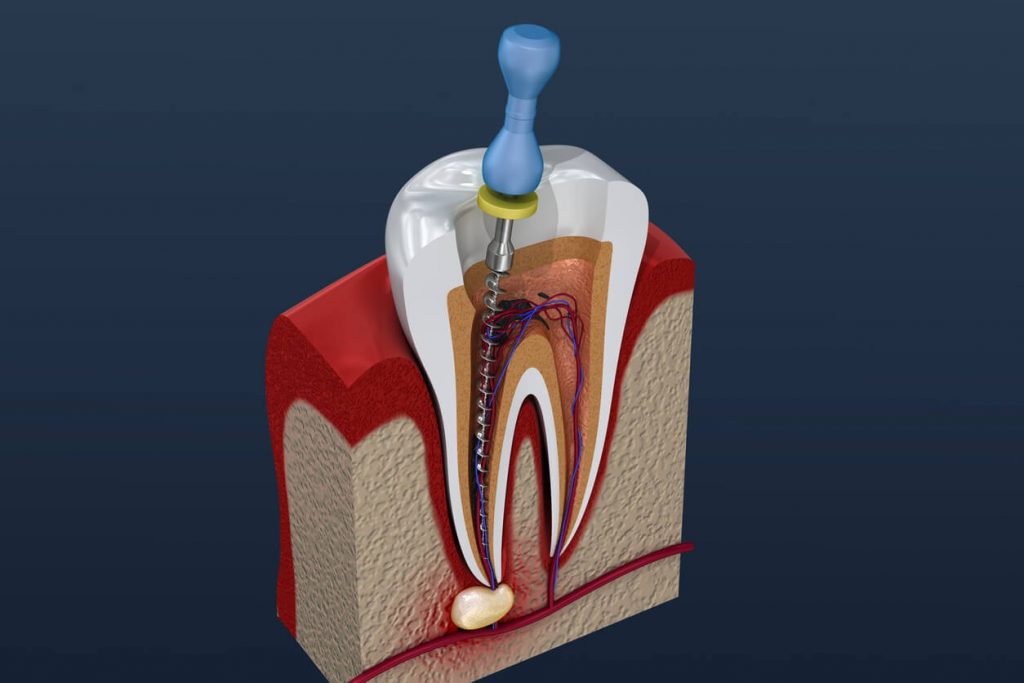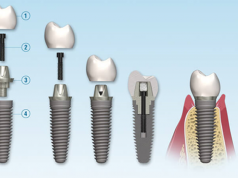Sometimes there is a sever inflammation or infection in a tooth root so that the patient needs a root canal or endodontic treatment. In this method, an endodontist removes the infected pulp inside the tooth, cleans, shapes the root canal, and then fills the space with some unique material. Toronto endodontic specialists’ point of view shows that the root canal is considered a dental emergency, and you should seek treatment as soon as possible.
Root canal or endodontic treatment can usually take between one to three sessions per tooth. In most cases, two sessions seem enough for the whole process. As there have been lots of advances in endodontics, the number of one-session treatments has increased significantly.

Does the number of sessions affect treatment quality?
The answer is no. The number of sessions may be determined based on many factors, of which the decision of the dentist is the most important one. Sometimes the dentist has to perform root canal treatment in more than one or even more than two sessions to increase the success. But treatments that take longer than two sessions are not expected.
How long is endodontic treatment?
Depending on the type of procedure, the tooth, and other specialized factors, your treatment can be long or short. About an hour session in a dentist’s unit for one endodontic treatment is typical and expected. But note that the exact time required for endodontic treatment is not precisely predictable.
Can root canal treatment and dental fillings be done in one session?
There is no technical obstacle for root canal treatment and filling the same tooth in one session in many cases. However, in some cases, depending on some various factors such as pain, the dentist should perform two separate sessions. In case an endodontist performed your root canal treatment, you might need to go to another dentist’s office for fillings or veneers.
What happens between endodontic treatment sessions?
Pain between and after treatment sessions is typical. Taking medicine with the dentist’s prescription will help you. It would help if you were more careful with bandaged teeth. The tooth position may even swell slightly. If you don’t feel pain in your tooth after one session, it doesn’t mean that the whole process is completely done. You’d better make an appointment with your dentist for a dental filling and other required actions.
How can we compare dental implantation and endodontic treatment?
Endodontics and subsequent treatments (fillings, veneers, etc.) will eventually result (in your teeth) sooner than implant treatment. Of course, each of these treatments has its advantages and disadvantages. However, the time needed for each treatment may influence the patients’ choice. Implant therapy is very successful, but the person needs to wait for a long time for a tooth to be placed in the toothless area, and it may be longer than other standard treatments.
How to relieve the pain after endodontic treatment?
Post-treatment pain is normal for 3-4 days after surgery and can be reduced with painkillers, but you shouldn’t take these painkillers without your dentist’s prescription. These pains completely disappear after 1 to 2 weeks. If there is an infection, you can use antibiotics.














